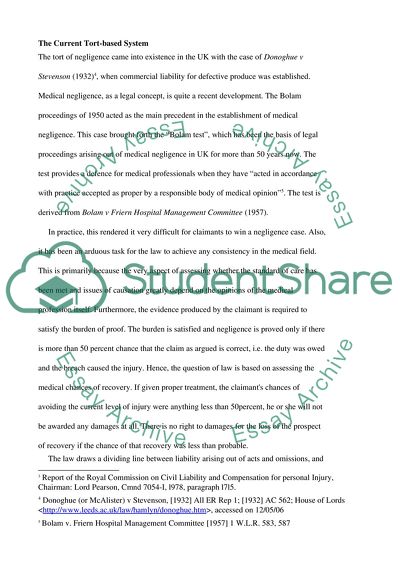Cite this document
(“NHS Redress Scheme Essay Example | Topics and Well Written Essays - 2000 words”, n.d.)
Retrieved from https://studentshare.org/health-sciences-medicine/1536924-nhs-redress-scheme
Retrieved from https://studentshare.org/health-sciences-medicine/1536924-nhs-redress-scheme
(NHS Redress Scheme Essay Example | Topics and Well Written Essays - 2000 Words)
https://studentshare.org/health-sciences-medicine/1536924-nhs-redress-scheme.
https://studentshare.org/health-sciences-medicine/1536924-nhs-redress-scheme.
“NHS Redress Scheme Essay Example | Topics and Well Written Essays - 2000 Words”, n.d. https://studentshare.org/health-sciences-medicine/1536924-nhs-redress-scheme.


